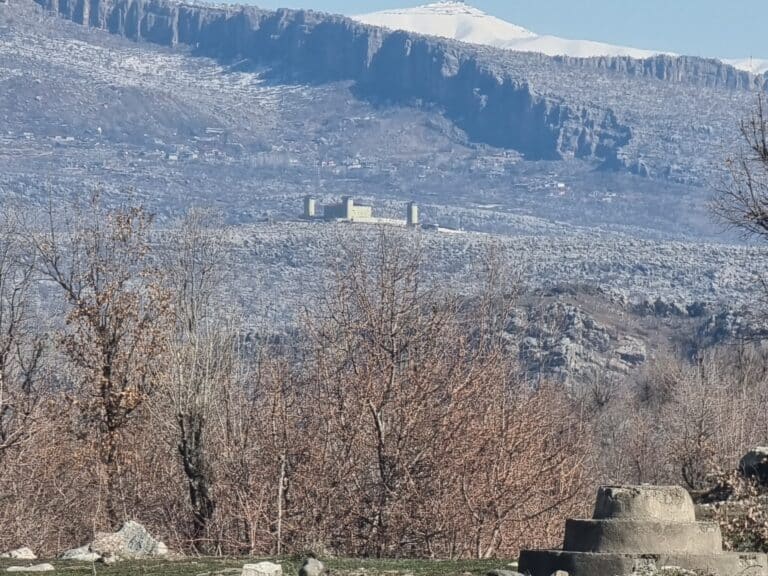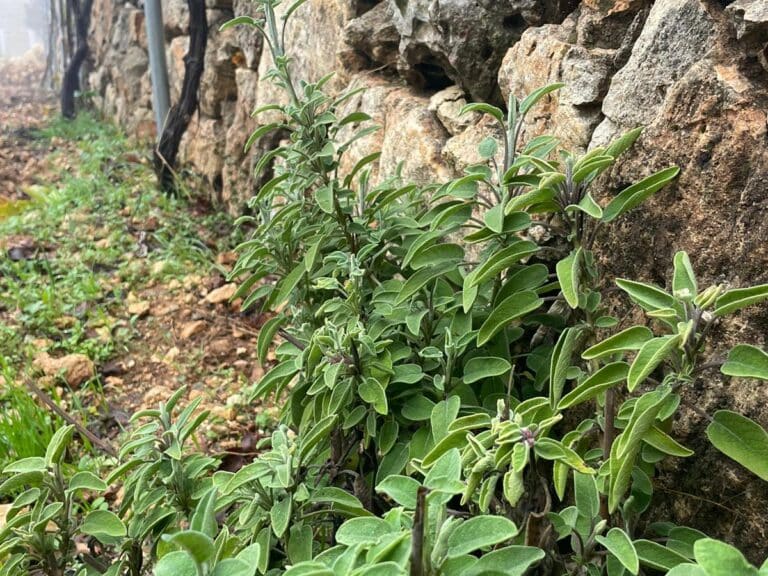I intended to submit this article reporting on the large groups of migrants that the United States Border Patrol was sending back to Mexico – all along the border – but specifically in Agua Prieta, Sonora, and the increased efforts of the volunteers at the Migrant Resource Centre (CRM for its acronym in Spanish) to assist those migrants. In December, with no advanced notice, Border Patrol began sending migrants – both Mexicans and Central Americans who had crossed to the US in other places – back to Agua Prieta. Even though immediately returning migrants to Mexico has been the current practice because of the pandemic, none of these people had been coming into Agua Prieta previously. However, when the first busloads appeared suddenly in December, the CRM mobilized volunteers, food for meals, and warm-weather clothing for the daily busload of 40 to 60 migrants. Then, in early February, without explanation, the busses stopped coming. After discussion with United States officials, the CRM leaders learned that Border Patrol is now returning the border crossers to Nogales, Sonora, located about 100 miles west of Agua Prieta.
Because migrant routes are constantly in flux, the mission of the CRM has changed several times over the past 15 years. CRM was created in 2006 to offer aid to deportees and people intending to cross to the US. By 2015, Border Patrol stopped deporting people to Agua Prieta; and for several years, only people intending to cross came to the CRM for support. By late 2018, asylum seekers began showing up, and their numbers steadily increased until the border closed in March of 2020. During 2019 and 2020, CPTers served to accompany asylum seekers from the CRM to the US Port of Entry. After six weeks of receiving thousands of deportees early this year, the CRM is again assisting fewer than ten people per day, all of whom are on their way to cross into the US. The future remains uncertain. There are even reports that Border Patrol may release up to 100 migrants into Douglas, Arizona (across the border from Agua Prieta) on humanitarian parole. It is uncertain what that means or how this will be implemented.




